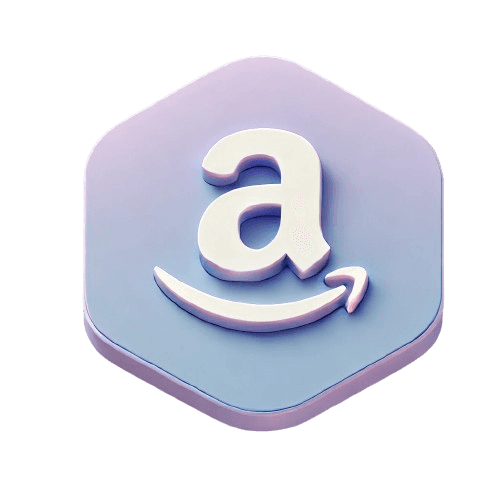Car Repair Data API
Tools & Technologies
ETL Techniques: Extract, Transform, Load
Data Storage: Microsoft Azure Storage Explorer
Data Warehouse: Snowflake
Visualization: Tableau Languages: Python, SQL
Situation
I was tasked with modernizing the integration of external automotive repair data from third-party workshop systems. The existing process lacked automation, was difficult to maintain, and struggled with data consistency across systems. We needed to build a solution that could reliably ingest high-volume, structured data into the organization's central data platform to support scalable analytics capabilities.
Task
The main tasks involved:
Designing an automated ETL pipeline to extract, transform, and load workshop data into the data warehouse.
Structuring and preparing the data for integration with internal insurance-related datasets.
Enabling consistent, high-quality data ingestion to support future analytics use cases such as risk modeling, operational analysis, and pricing evaluation.
Action
The work was carried out in two main phases: data modeling and pipeline development.
Data Warehouse Layering:
Created a structured schema in Snowflake using raw and processed layers to separate ingestion logic from analytical consumption. Views and surrogate key strategies were applied to support referential integrity and consistency.ETL Pipeline Development:
A fully automated Python-based ETL pipeline was built to:Ingest and preprocess external workshop files from Azure Storage.
Apply transformation logic and validation checks.
Load clean, deduplicated data into the data warehouse using optimized batch logic.
Monitoring and Observability:
A Tableau dashboard was implemented to monitor pipeline execution status, error trends, and data volumes, enabling early detection of anomalies.Testing Environment:
All development and testing were conducted in an isolated sandbox environment to ensure full validation prior to production deployment.Data Quality Enhancements:
Deduplication routines and conditional table inclusion rules were introduced to improve data reliability and reduce processing time.
Result
Established a reliable, automated integration between external sources and the internal data warehouse.
Significantly reduced manual processing and improved overall pipeline maintainability.
Ensured clean, consistent data for downstream use in analytics and reporting tools.
Created a scalable, reusable architecture that supports ongoing data growth and evolving data science needs.
Challenges & Solutions
Challenge: Duplicate and irrelevant records posed a threat to data quality and performance.
Solution: Enhanced the pipeline to include automated deduplication and logic to exclude non-essential tables, streamlining the ETL flow and ensuring only high-value data was loaded.
Conclusion:
The solution delivered a strong technical foundation for incorporating external data into internal analytics workflows. By automating ingestion, enforcing data quality, and structuring the data warehouse efficiently, the project enabled more timely, accurate, and scalable data analysis, without exposing proprietary business logic or data structures.
Visuals & Samples & Link to Full Project
Visuals and links are unavailable due to the data's confidentiality and internal nature.





